Headphone measurement
I’ve already explained how I test in great detail and transparently in the basic article “Flexibler neuer Messaufbau für meine Tests von Kopfhörern, Headsets und In-Ears: Genauigkeit, Reproduzierbarkeit und Praxisrelevanz”, because you don’t really get anywhere with the usual audio mumbo-jumbo of bass thunderstorms and high-frequency whips. You have to be able to listen well subjectively and measure in parallel. Let’s start with the latter first and move on to measuring the headphone quality. I have normalized the frequency response again at 1 KHz to 0 dB, so that on the one hand the overall response with all additions and frequency drops can be evaluated well and on the other hand the possibility of comparison with other measurements is not completely lost. The IEC 711 measuring system from the laboratory is used (see picture).
From now on, I will deliberately do without the PR-compatible display smoothed to 1 octave and consider exclusively the unsmoothed curve. The left channel is represented by the yellow curve, the purple curve stands for right. Both buds cover each other quite well, but the bass- and midrange-heavy impression from our own listening experience continues seamlessly. From 5 kHz, it goes into the super high frequency range and unfortunately also downwards. At 7 kHz and 12 kHz there are still two peaks, which does not completely destroy the highs, but partially revives them. This is exactly the point where I would have liked to intervene with an equalizer.
Quiet passages work, a basic noise is there (ANC), but it is not particularly annoying. Only the level stability is such a thing, because it is not really loud, not even at the adjustable maximum. A little less bass would probably have been better served. But the high-frequency dips of up to 9 dB up to 12 kHz are really too strong, the mouse doesn’t bite off a thread and you can now see why there are no specifications in the specs. So the highs are not the Graphene diaphragms’ strong point.
Cumulative spectra (CSD and SFT)
The cumulative spectrum refers to various types of graphs showing time-frequency characteristics of the signal. They are generated by sequentially applying the Fourier transform and appropriate windows to overlapping signal blocks. These analyses are based on the frequency response diagram already shown above, but additionally contain the element of time and now show very clearly as a 3D graphic (“waterfall”) how the frequency response develops over time after the input signal has been stopped. Colloquially, such a thing is also called “fading out” or “swinging out”.
Normally, the driver should also stop as soon as possible after the input signal is removed. However, some frequencies (or even whole frequency ranges) will always decay slowly(er) and then continue to appear in this diagram as longer lasting frequencies on the time axis. From this, you can easily see where the driver has glaring weaknesses, perhaps even particularly “clangs” or where resonances occur in the worst case and could disturb the overall picture.
Cumulative Spectral Decay (CSD)
Cumulative spectral decay (CSD) uses the FFT and a modified rectangular window to analyze the spectral decay of the impulse response. It is mainly used to analyze the driver response. The CSD typically uses only a small FFT block shift (2-10 samples) to better visualize resonances throughout the frequency range, making it a useful tool for detecting resonances of the transducer. The picture shows the transient response and the excessive bass emphasis very nicely. The diaphragm resonates a bit at 7 and 12 kHz, respectively, but I find this almost helpful so that it doesn’t sound too musty.
Short-time Fourier Transform (STF)
The Short-time Fourier Transform (STF) uses the FFT and Hanning window to analyze the time-varying spectrum of the recorded signals. Here, one generally uses a larger block shift (1/4 to 1/2 of the FFT length) to analyze a larger part of the time-varying signal spectrum, especially approaching application areas such as speech and music. In the STF spectrum we can now also see very nicely the work of the drivers, which only afford very small weaknesses in some frequency ranges. This “dragging” at some frequencies between 2 and 12 kHz) repeats and creates an existing, albeit slightly distorted high-frequency impression.
Burst Decay
In CSD, the plot is generated in the time domain (ms), while the burst decay plot used here is represented in periods (cycles). And while both methods have their advantages and disadvantages (or limitations), it’s fair to say that plotting in periods may well be more useful for determining the decay of a driver with a wide bandwidth. We see a slight resonance in the low bass, a few small lags between 2 and 4 kHz and, later on, such peaks again at around 7 and 12 kHz. It really coincides frighteningly well with the subjective impression.
Subjective sound check
Of course, I first listened to everything before measuring. You don’t want to create prejudices and then succumb to them. Let’s sort it all out. The bass is good, plays extremely deep, is still reasonably dry, but hardly has any level stability. The performance is simply lacking here. Upper bass and lower mids provide warm reproduction of voices and instruments, as the fundamental frequencies are presented quite dominantly. The entire midrange is anything but weak up to about 3 kHz, which is also pleasing up to that point.
From the upper mids up to the super high frequencies, however, the listening impression resembles an acoustic roller coaster ride, where there is usually only one direction: down. In terms of sound, there is a blatant contradiction for me to the called price of almost 100 euros, which cheaper plugs can partly do worlds better. If you listen superficially, you might still find it soft and velvety, but I simply miss important details and proper resolution here.
Summary and conclusion
Thus, the sound is mediocre at most, if at all. Yes, it’s a good way to bridge breaks and relax, but you shouldn’t listen very closely. Then many acoustic deficits appear that one would not expect in this price range. This is a real shame in that these little buds can really excite due to their minimized dimensions. The functionality is ok, and so are the run and load times.
Optics and haptics fit, but I personally have my problems with the sound. If you are more into the low end and don’t like high tones, you can be quite happy. The rest should resign themselves to finding buds with slightly larger dimensions and higher weight. This is all very subjective and I don’t want to dictate to anyone what they should accept. But the conclusion this time is neither euphoric nor groundbreaking for a must-have as a buy recommendation.
Let’s put it this way: Just another Buds in nice and small, a bit too quiet and a bit too dull. For 50 euros, I would have easily gone along with it, even with a buy tip because of the remaining features, but 100 euros for the ComfoBuds Mini from 1MORE is just too much for what is offered.














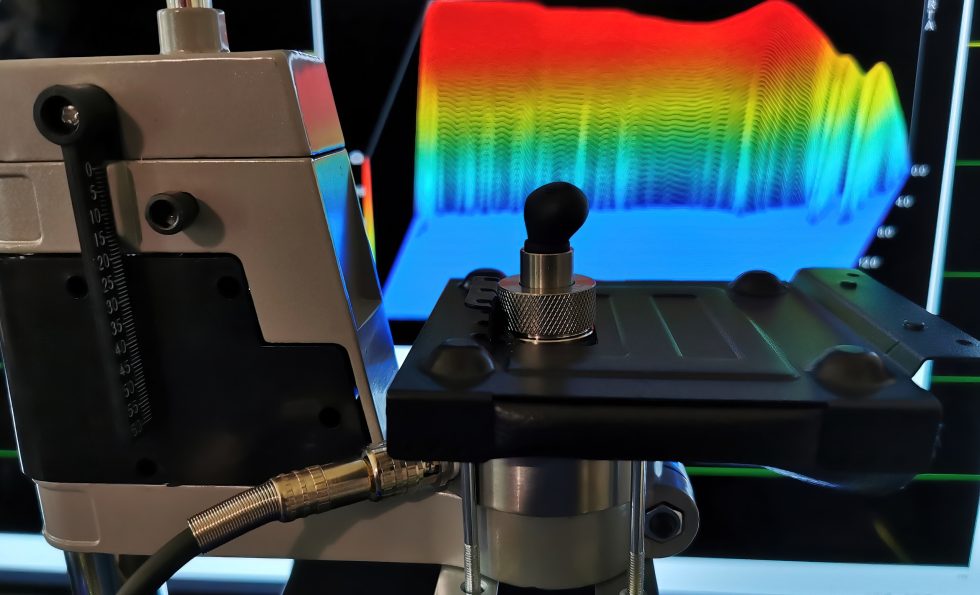
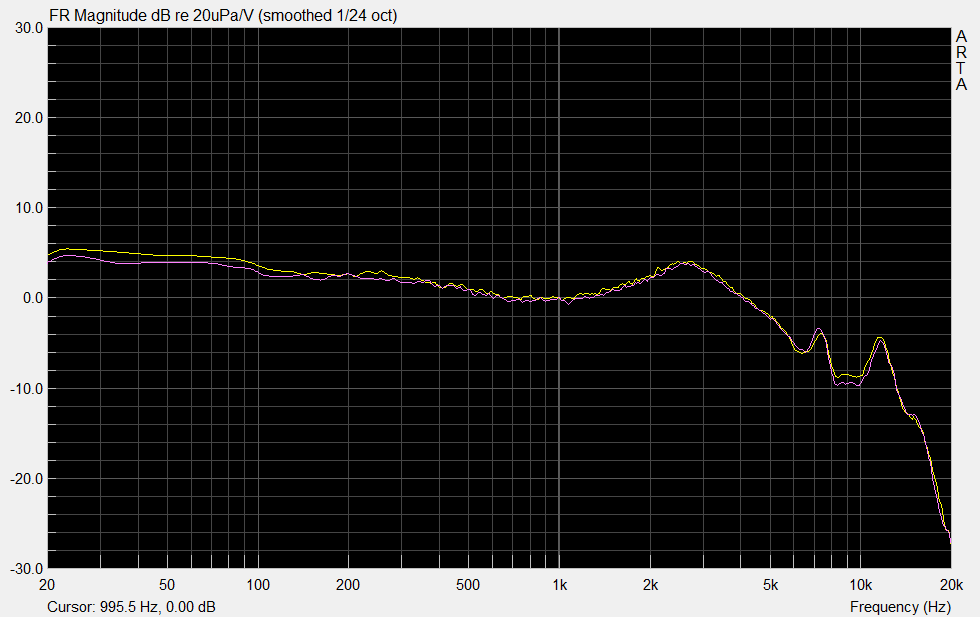
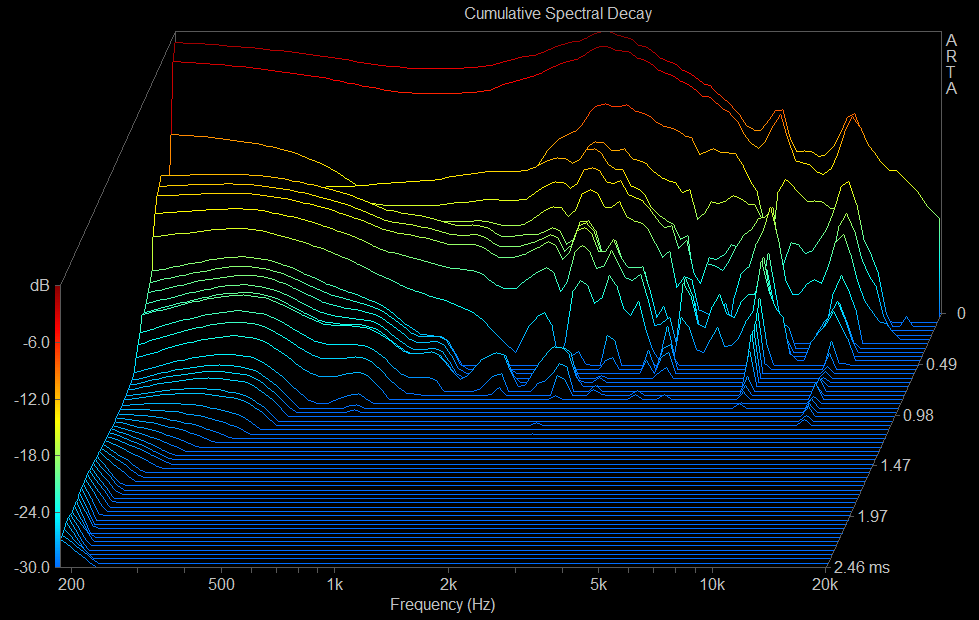
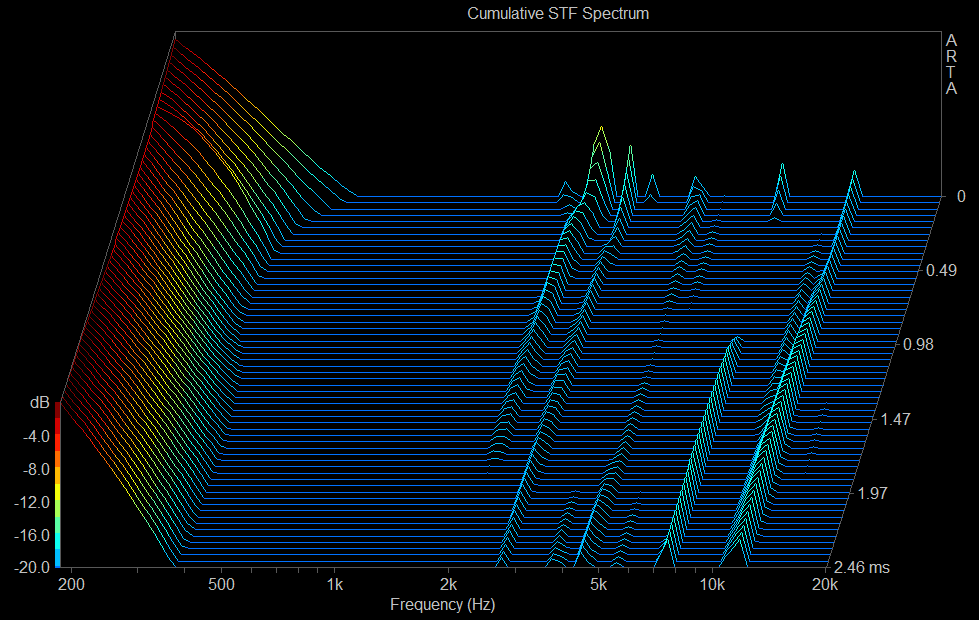
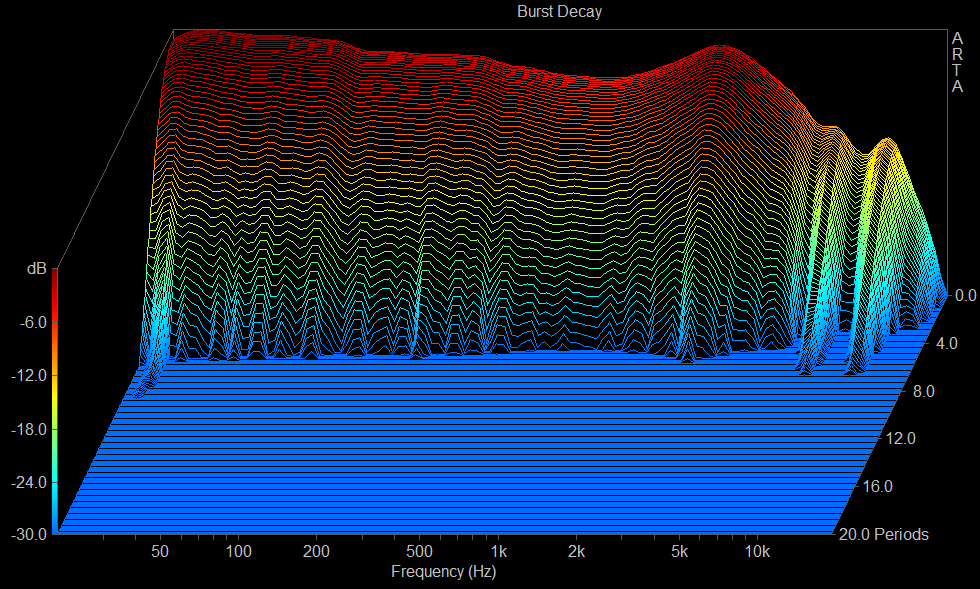
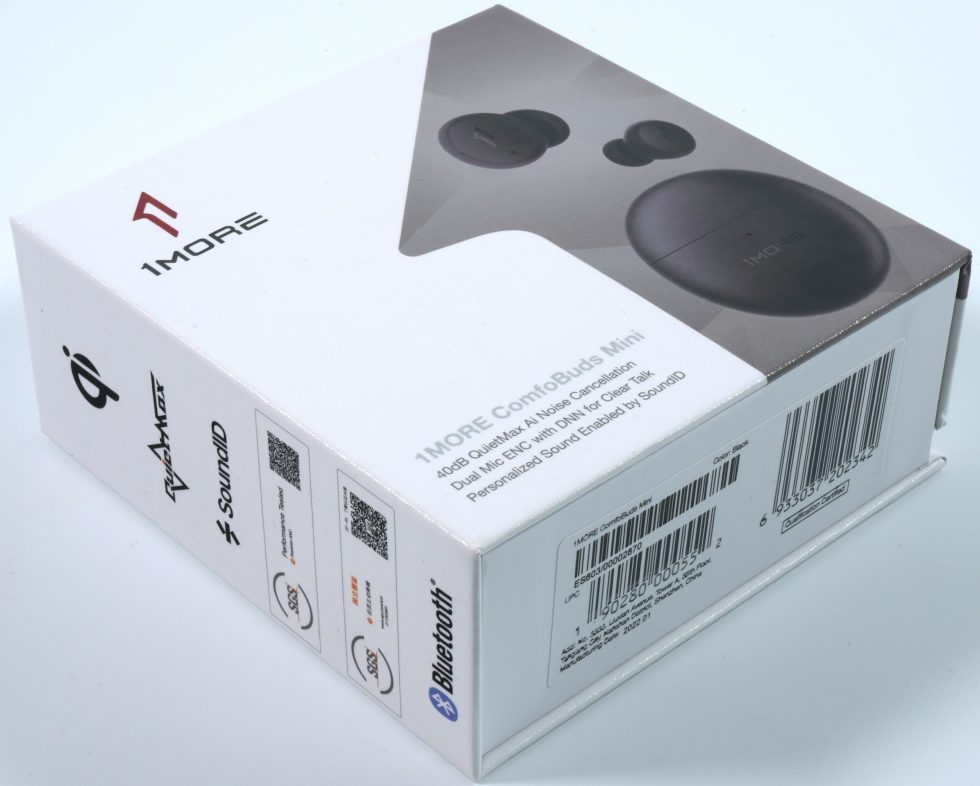

















8 Antworten
Kommentar
Lade neue Kommentare
Urgestein
1
Urgestein
1
Mitglied
1
Mitglied
Alle Kommentare lesen unter igor´sLAB Community →